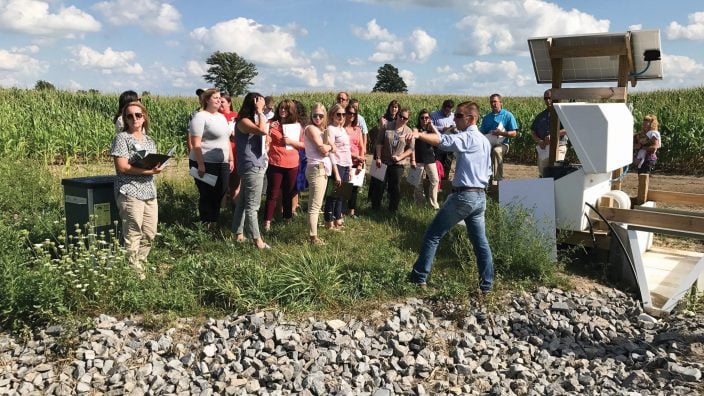Applications for Ohio Farm Bureau Health Plans now available
Members have three ways to apply: contacting a certified agent, calling 833-468-4280 or visiting ohiofarmbureauhealthplans.org.
Read MoreDuring tours of the Blanchard River Demonstration Farms, project manager Aaron Heilers likes to bring along a mason jar filled with white pellets of commercial fertilizer. It represents the amount of phosphorus — 1 pound — that scientists estimate is escaping from each acre of farmland and contributing to algae blooms in Lake Erie and other waterbodies. As he explains to visitors of the three demonstration farms, the amount of phosphorus loss is small for the individual farmer but a lot when spread across an entire watershed.
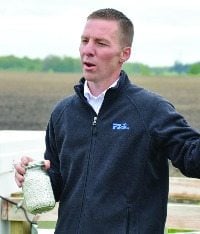 “The goal of the demo farms is to demonstrate the different types of ways farmers can prevent that last mason jar from leaving the field,” Heilers said. “The ag industry is stepping up to the plate and being proactive in finding ways to help improve the state’s water quality.”
“The goal of the demo farms is to demonstrate the different types of ways farmers can prevent that last mason jar from leaving the field,” Heilers said. “The ag industry is stepping up to the plate and being proactive in finding ways to help improve the state’s water quality.”
It’s a speech Heilers has given many times over the past year to a wide variety of groups and individuals who have visited the demonstration farms in northwestern Ohio. Visitors have included Rotary clubs, media, environmentalists, community leaders, researchers, farmers, county Farm Bureau members, members of OFBF’s Young Ag Professionals program, AgriPOWER participants (pictured above), students studying water quality at Ohio State University’s Stone Lab on Lake Erie and most recently, the mayor of Toledo.
“This year has focused on education and having that conversation with those who question ag’s role in this,” Heilers said. “We’re here to demonstrate that Ohio can have both productive farming and clean water.”
Heilers has taken that message on the road, too, speaking at both large and small venues such as the Understanding Algal Blooms: State of the Science Conference that drew 250 scientists, public officials and members of the ag community. He also spoke at the Northwest Ohio Ag-Business Breakfast Forum.
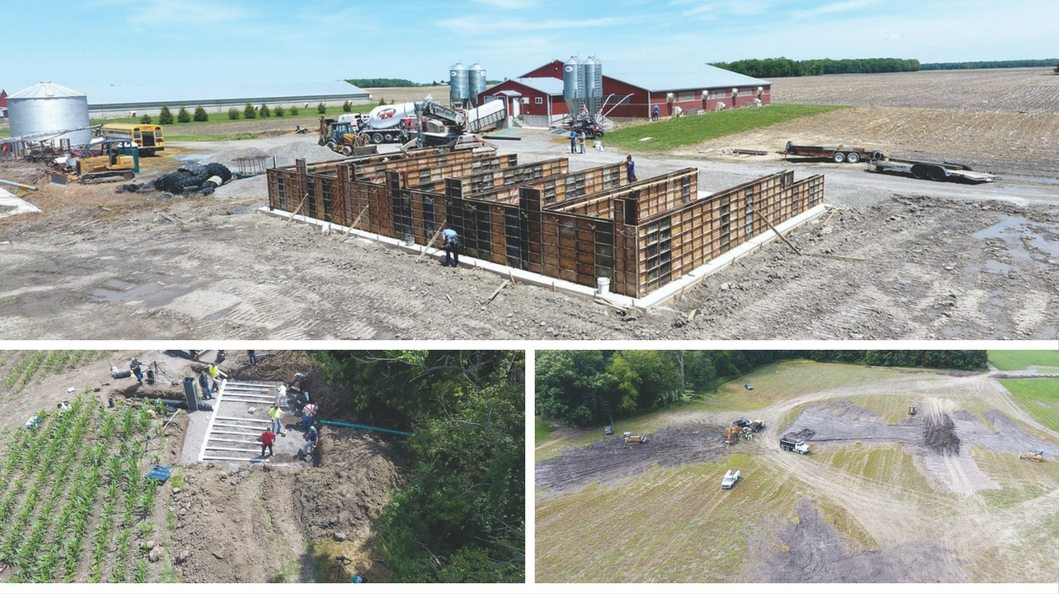 Over the past year, the demonstration farms have installed new conservation measures, including a large wetland and pollinator area, a composting facility for dead livestock, and phosphorus removal beds. Heavy rainfalls made work on the farms challenging this year, including the planting of crops and flooded edge-of-field monitoring equipment, which measures changes in sediment and nutrient losses via surface runoff as well as drainage tile discharge.
Over the past year, the demonstration farms have installed new conservation measures, including a large wetland and pollinator area, a composting facility for dead livestock, and phosphorus removal beds. Heavy rainfalls made work on the farms challenging this year, including the planting of crops and flooded edge-of-field monitoring equipment, which measures changes in sediment and nutrient losses via surface runoff as well as drainage tile discharge.
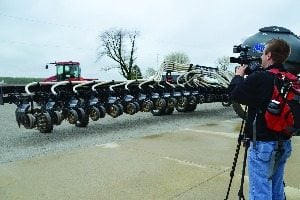 “Give us control of the weather and we’ll end this thing in no time,” farmer Bill Kellogg told a dozen reporters during a media tour in June of his farm in Hardin County. The Kellogg’s farm is one of the farms participating in the project. In late spring, Kellogg’s part of the demonstration farm received 7.4 inches of rain over a three-week period. Frequent and heavy rainfalls like this cause nutrients to run off the fields and into waterways, helping feed the harmful algal blooms that grow in Lake Erie’s western basin during the summer.
“Give us control of the weather and we’ll end this thing in no time,” farmer Bill Kellogg told a dozen reporters during a media tour in June of his farm in Hardin County. The Kellogg’s farm is one of the farms participating in the project. In late spring, Kellogg’s part of the demonstration farm received 7.4 inches of rain over a three-week period. Frequent and heavy rainfalls like this cause nutrients to run off the fields and into waterways, helping feed the harmful algal blooms that grow in Lake Erie’s western basin during the summer.
Next year will focus on continued education about the new and existing on-farm conservation practices being used at the demonstration farms. A special emphasis will be on getting youth and college groups to visit the farms to see how agriculture is actively working to improve the state’s water quality. The final stage of the five-year project will be evaluation of the research being done and what the most effective and cost efficient measures are for reducing the amount of phosphorus entering waterways.
Interested in seeing the three demonstration farms in 2018? Set up a tour by contacting Aaron Heilers at [email protected] or 937-726-7506. You can take an interactive virtual tour of each farm at blancharddemofarms.org.
The Blanchard River Demonstration Farms Network is made possible through a five-year, $1 million agreement between Ohio Farm Bureau and the U.S. Department of Agriculture’s Natural Resources Conservation Service. OFBF collaborated with stakeholders from two dozen groups to identify the farms and conservation practices for the project, which ends in 2020. Hundreds of people have visited the farms to see both traditional and new techniques for reducing agricultural nutrient runoff. The demonstration farms showcase agriculture’s commitment to addressing the state’s water quality challenges and what conservation measures work best for each individual farmer while still being affordable. The demonstration farms are the centerpiece of Ohio Farm Bureau’s $2.3 million Water Quality Action Plan.
Researchers have identified four practices that will help farmers address nutrient and sediment loss:
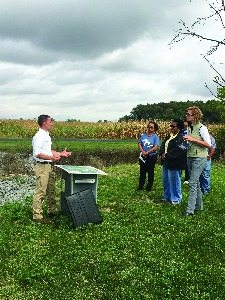 Toledo Mayor Paula Hicks-Hudson, OFBF Executive Vice President Adam Sharp and members of their staffs recently discussed common goals as the city and surrounding farm community work to protect the quality of Lake Erie water.
Toledo Mayor Paula Hicks-Hudson, OFBF Executive Vice President Adam Sharp and members of their staffs recently discussed common goals as the city and surrounding farm community work to protect the quality of Lake Erie water.
“The mayor and her team were very engaged as we talked about what’s taking place on farms throughout northwest Ohio,” said Sharp. “We also learned a great deal about the city’s efforts to best serve their citizens.”
“Since I have been mayor, I have always been willing to work with people and collaborate to find solutions. We are doing our part and we are actively engaged with all stakeholders in an effort to reduce nutrients into the watershed,” Mayor Hicks-Hudson said.
The mayor and her team visited the crop and livestock farm of Duane and Anthony Stateler in Hancock County, which is one farm participating in the Blanchard River Demonstration Farms project co-sponsored by NRCS and Ohio Farm Bureau.
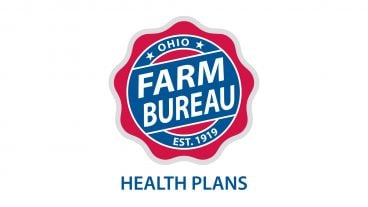
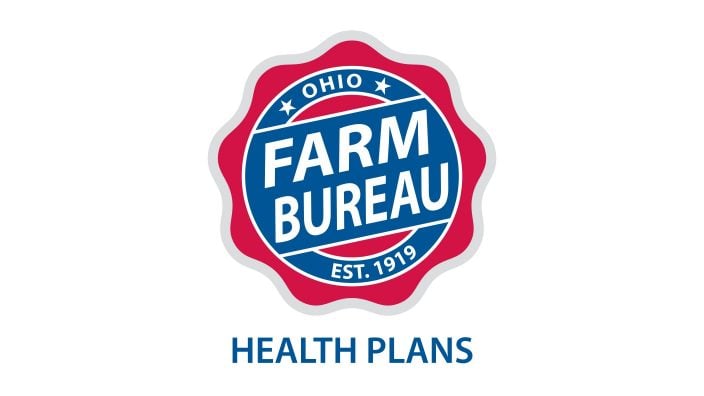
Members have three ways to apply: contacting a certified agent, calling 833-468-4280 or visiting ohiofarmbureauhealthplans.org.
Read More

Ryan Hiser has experienced first-hand the importance of having the opportunity to vote on issues that will affect his family operation and other farmers.
Read More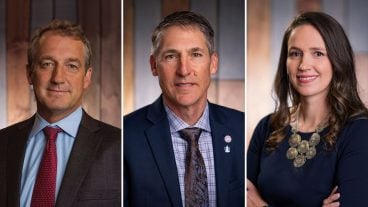
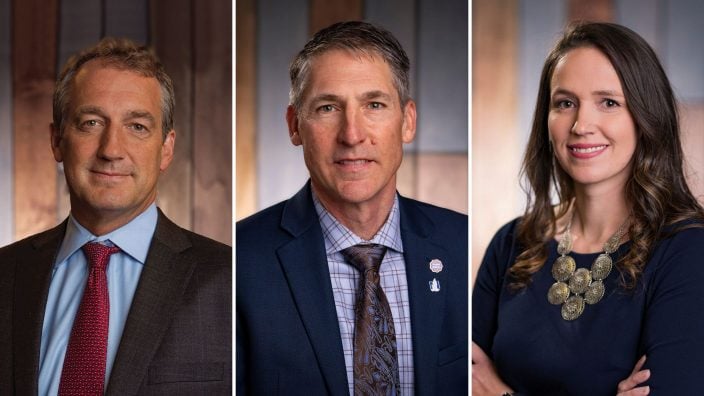
Bill Patterson, Cy Prettyman and Adele Flynn will continue to serve as officers for Ohio Farm Bureau Federation.
Read More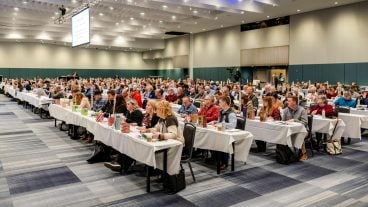
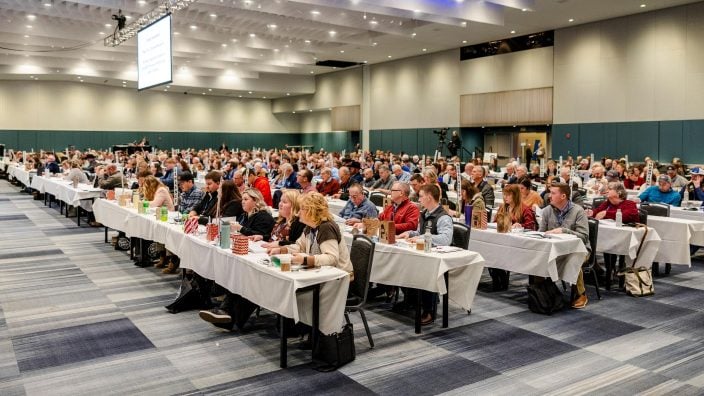
Delegates discussed many topics impacting agriculture including farmland preservation, local foods, and succession planning.
Read More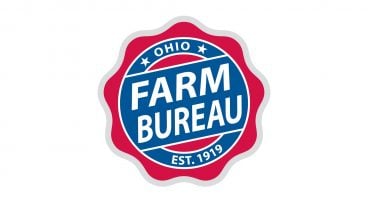
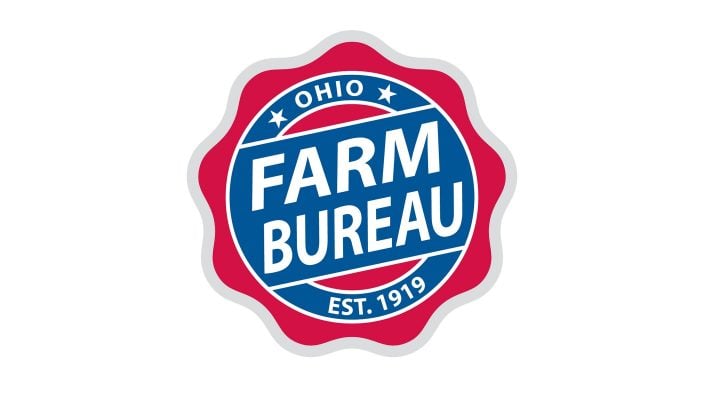
Twenty-six farmers govern the state’s largest farm and food organization.
Read More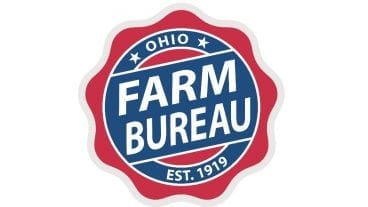
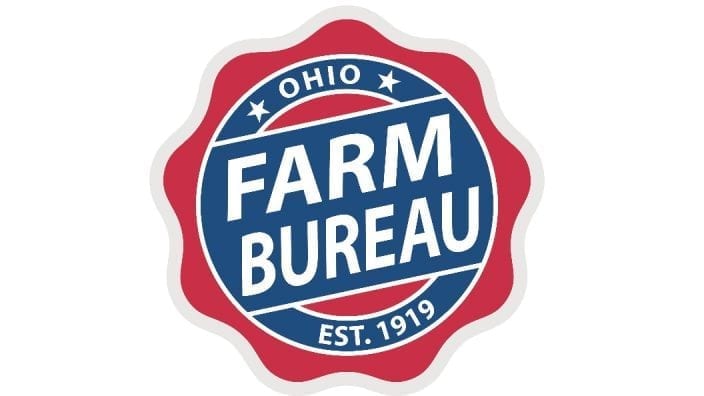
The 2025 recipients are Fred Cooke (posthumous) of Richland County, Marvin Dietsch of Williams County, Steven Knollman of Hamilton County and Michele Miller (posthumous) of Ottawa County.
Read More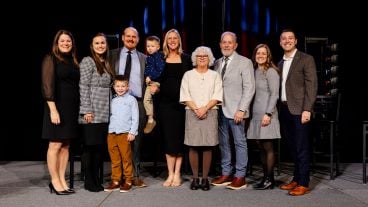
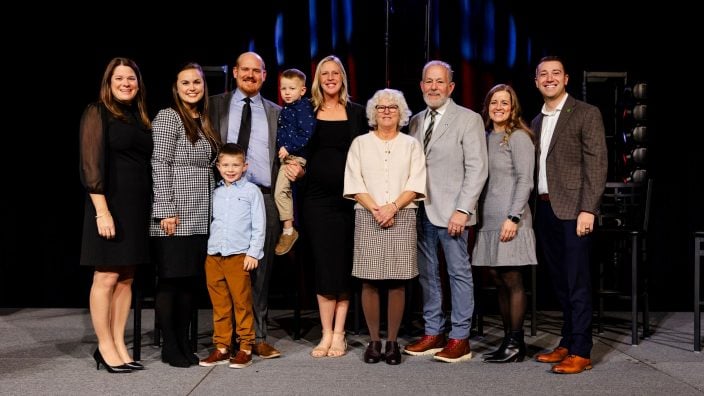
Nathan and Jill Parriman grow seasonal crops, including Christmas trees, pumpkins and cut flowers, providing U-cut experiences that invite customers to engage directly with agriculture.
Read More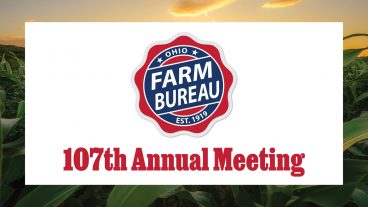
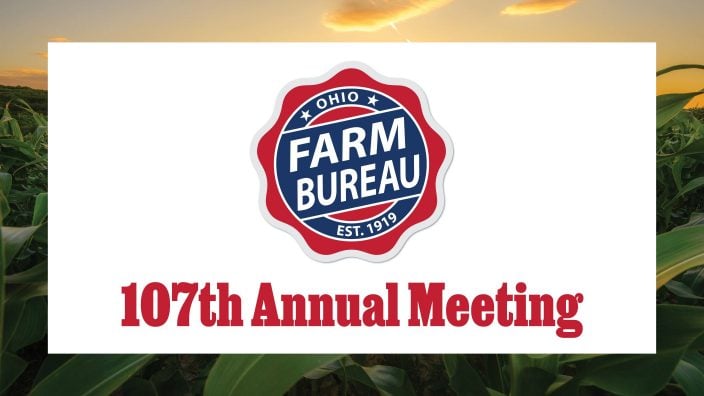
The 2025 Distinguished Service Award recipients are Craig Adams, Mike Townsley, and Kellogg Farms, Kurt Farms and Stateler Family Farms.
Read More

Ohio Farm Bureau Treasurer Adele Flynn participated in the meeting, representing Ohio farmers.
Read More

For Ohio and PJM region, the outlook is reassuring—ample reserves and strong planning should keep the power on.
Read More